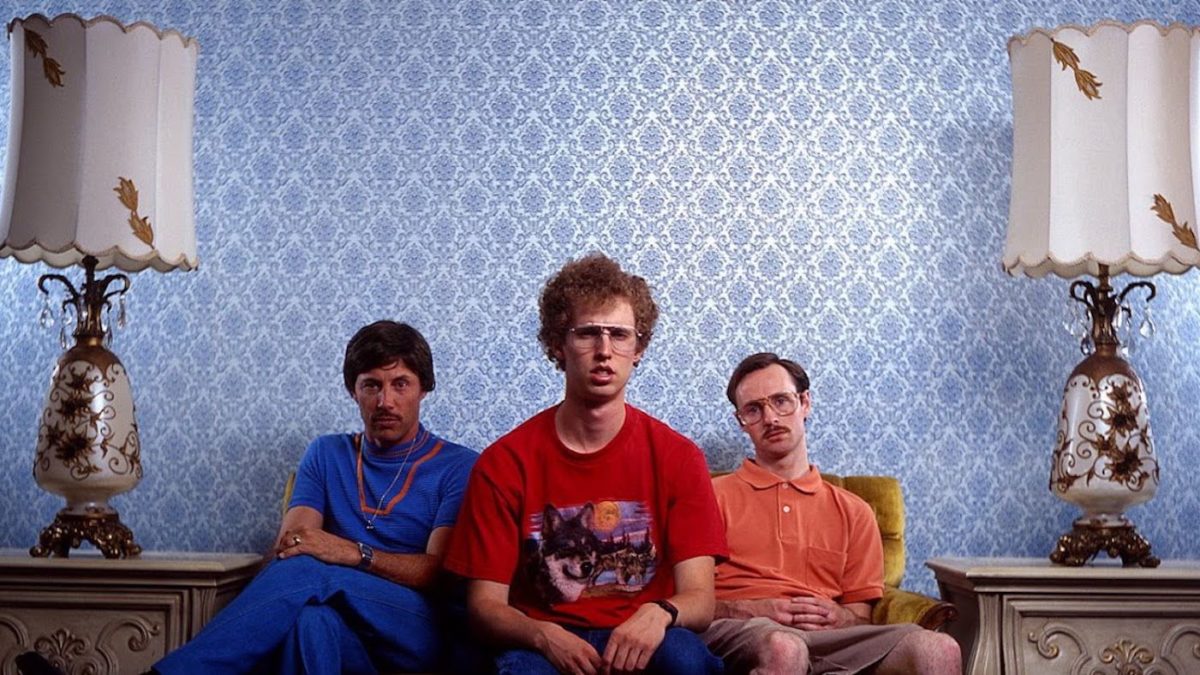In an ever-changing film industry, the last decade has seen a notable rise in independent cinema. Here’s why the film industry needs indie films.

The other day I watched Napoleon Dynamite, an indie classic. I’ve seen it many times before, and chances are you’ve seen it too. It’s a remarkably unique film; the story isn’t even that exciting, yet it’s weirdly hilarious and manages to stay entertaining all the way through. The film is unconventional in almost every way, and depending on your sense of humour, you either love it or hate it. Personally, it still makes me laugh, and I’d even say it’s one of my favourite comedies.
When you break it down, here’s what the movie is about. Basically, a socially awkward high school teenager who meets and befriends a Mexican exchange student, and… not much else.
The film was shot on a mere $400,000 budget in a small town in Idaho called Preston. It premiered at the Sundance Film Festival in 2004, where Fox Searchlight Pictures acquired it for theatrical release. Despite the film’s reception being hard to predict at the time, it proved to be a huge commercial success… and against its measly budget, its revenue totalled $46 million internationally. Talk about profit.
Since then, Napoleon Dynamite has developed ‘cult’ status, and is widely regarded as one of the funniest movies ever made. Remember: we’re talking about a movie where our protagonist’s journey consists of drawing fairytale creatures, having dull conversations with a Mexican student, and feeding a llama.
So why was the movie so successful? Well, there are blockbusters that are almost guaranteed to make money, and they’re often the ones you go to see at the cinemas. Then there are independent, or indie films, the ones that are cheaper to make and generally more risky.
The truth is, indie films are just as important.
Indie Film: An Overview

Hollywood, as we know it, is the largest and most influential film industry in the world. The major Hollywood film studios are some of the most profitable in the world, and are responsible for the vast majority of the highest-grossing movies ever. There’s no doubt that the American film industry is the most prolific one, and the one that most people identify with.
Over time, indie films have become more popular among mainstream blockbuster films. Simply put, an independent film is one that is produced outside of the major studios and instead by smaller companies, and with a limited budget. These films are commonly associated with creativity and innovation, and are considered more ‘personal’ than blockbuster films.
Indie films are more likely to contradict established film conventions, being more experimental in their creative process. Just look at Pulp Fiction, Quentin Tarantino’s masterpiece that breaks just about every storytelling ‘rule’ there is. The film went on to be a massive influence on independent cinema, and of course, it’s now considered one of the greatest films ever made. Since then, indie film has grown in popularity due to its commercial potential, and more so, its overall influence on American cinema.
In recent years, indie films have taken the world by storm.
Rise of Independent Films

Indie films have been around for a while, and ever since Tarantino changed the game, the last decade has seen an explosion in independent cinema. Independent companies like A24 and Blumhouse Productions have been responsible for some of the most acclaimed films of the 2010s, and are definitely consistent in pumping out great films. To name a few, Whiplash, Get Out, and Uncut Gems are some of my personal favourites by these companies that are wildly popular.
A24 in particular has achieved a considerable fanbase, which continues to grow with almost every release. The main reason being, the company’s distinct brand of artistic films is a clear showcase of creative freedom for filmmakers, which audiences usually don’t see in bigger productions. So not only in A24 films, but also indie films in general, moviegoers can enjoy some much needed diversity in the films they watch. And, with 25 Oscar nominations to A24’s name, the appeal of independent cinema is greater than ever.
It’s clear that independent cinema has proven its worth in mainstream media, and when you think about it, it deserves all the credit.
What’s The Big Deal?

It’s important to remember that film is an art form, meaning an artistic vision is supposed to be shared. In the context of modern cinema, it’s safe to say that the American film industry is dominated by mainstream blockbusters (for the most part). It’s also safe to say that the top priority of these films is to earn profit. Indie films, on the other hand, have a completely different purpose.
Indie films, unlike blockbusters, are not restricted to the demands of the studio they are produced in. This means when a film is made independently, the filmmaker is able to create it in a very particular way that captures their vision the way they want. And yes, these films are not necessarily driven by the idea of the box office, but instead by passion and creativity. This is exactly what the film industry needs, and they know it.
For me, when they’re done well, independent films are usually the ones that are more likely to stick with me. Don’t get me wrong, I love a good blockbuster when I’m in the mood. But indies tend to be the more unique and thought provoking films, while blockbusters, more often than not, are simply just easy entertainment.
What I’m trying to say is, thank you to all the independent filmmakers out there… we need you. And hey, next time you go to watch an indie film, just know that you have good taste.
Subscribe to FIB’s Weekly Alchemy Report for your weekly dose of music, fashion and pop culture news!







